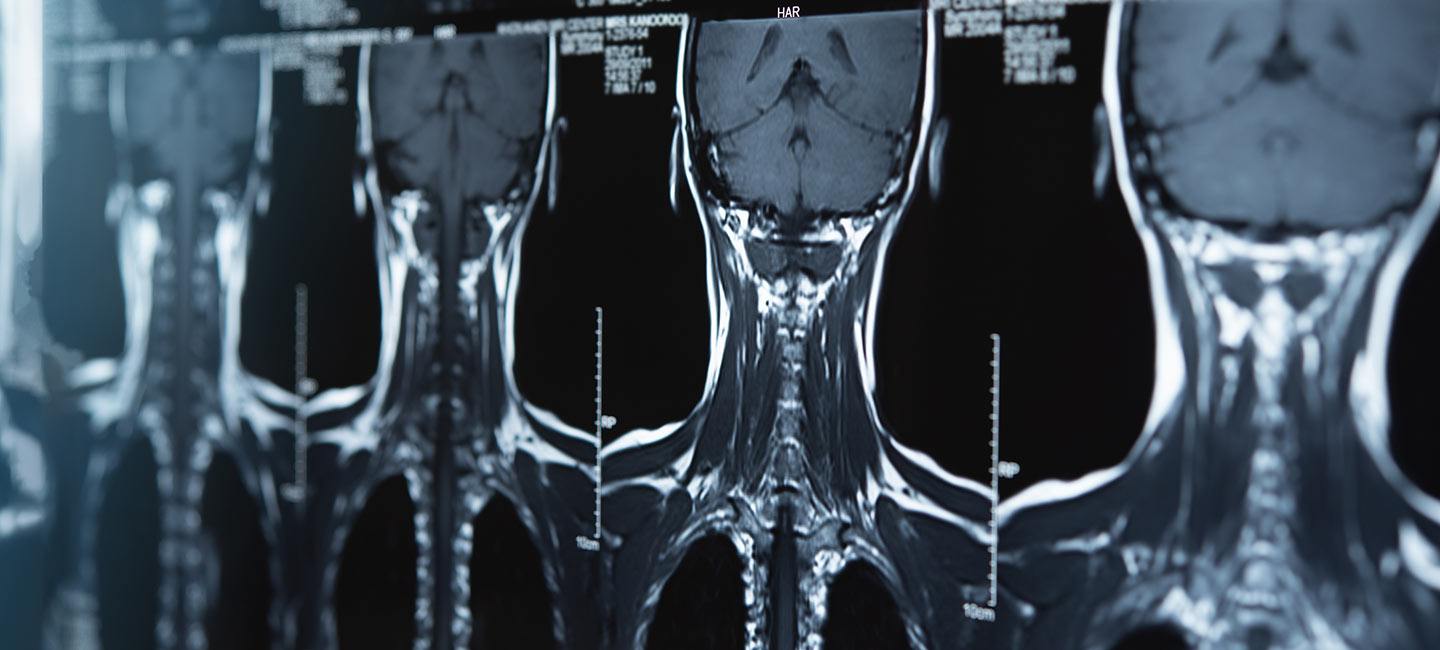Harnessing the Immune System to Treat Head and Neck Cancer
Immunotherapy is a fast-growing area of cancer research. Last year, there were more than 400 different immunotherapies available for patients, and just as many were under development. The treatment, which harnesses a patient’s own immune system to detect and fight cancer, has been most successful treating certain cancer types like melanoma and lung cancer. However, it has lagged behind in others.
Until recently, immunotherapy was not an option for patients with head and neck cancer. The standard treatment options were surgery, radiation, chemotherapy or a combination of those therapies. While immune checkpoint inhibitors are approved for head and neck cancer patients, the therapy has not shown durable outcomes and only a small fraction of patients may gain long-term benefit. For most, the treatment may only extend a patient’s survival three to five months.
Dr. Christine Chung, chair of Moffitt Cancer Center’s Head and Neck-Endocrine Oncology Department, and Dr. Shari Pilon-Thomas, an immunologist and co leader of Moffitt’s Center for Immunization and Infection Research in Cancer, are working to develop new immunotherapy options for head and neck cancer patients. One option includes an adoptive cell therapy approach using tumor infiltrating lymphocytes (TIL). For this therapy, a patient’s tumor is surgically removed and sent to the lab where it is dissected to identify T cells that have been able to penetrate the cancer. Those T cells are then expanded or multiplied in large numbers.

Dr. Shari Pilon-Thomas, Immunologist, Co-Director of Moffitt's Center for Immunization & Infection Research in Cancer
Their TIL laboratory study, which will be presented at the American Association for Cancer Research, is still in the preclinical phase with the goal of determining if TILs could be extracted and expanded from head and neck tumors. Primary tumors were removed from 20 head and neck cancer patients and sent to the lab for TIL production.
“Successful TIL growth was measured by the ability to expand T cells over an initial four-week period and expand them at least 200-fold over an additional two-week period,” said Pilon-Thomas. “We then performed lab tests to determine TIL reactivity to patient’s tumor.”
The lab tests showed that 43% of tested TIL samples were reactive. Pilon-Thomas says this is a good first step, but more research is needed. The team is hoping to launch a clinical trial testing TIL therapy in head and neck cancer patients.



